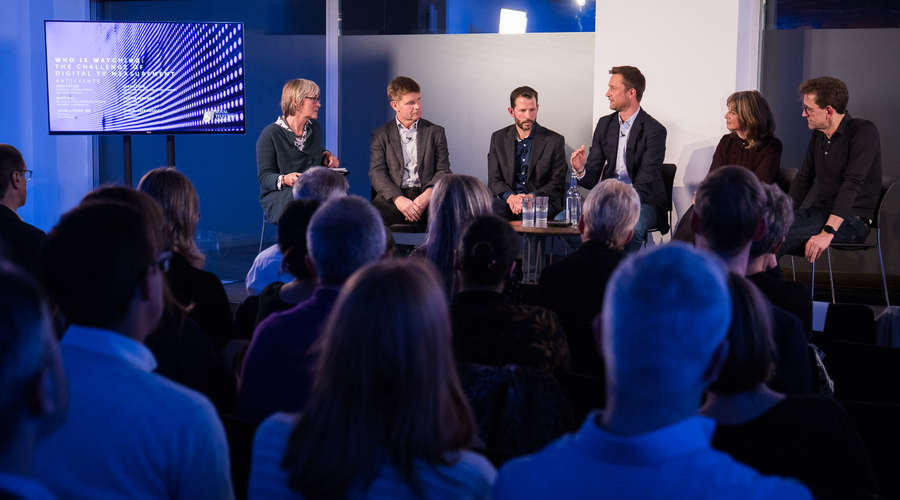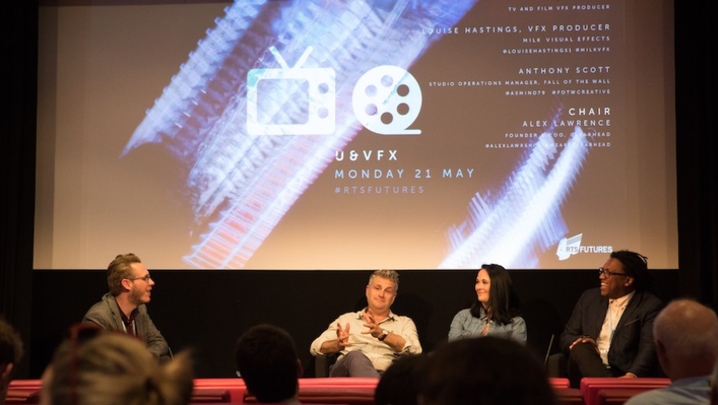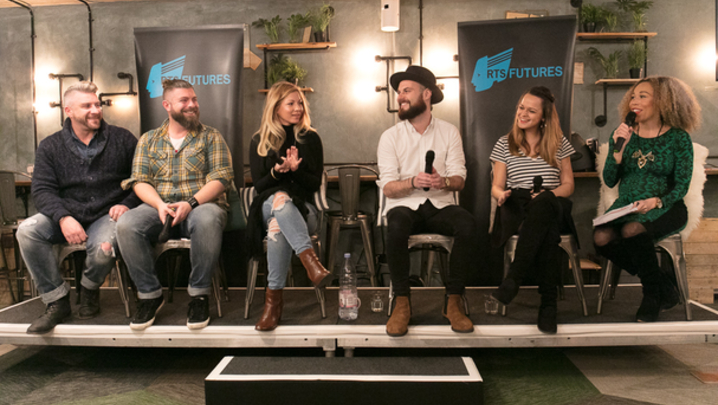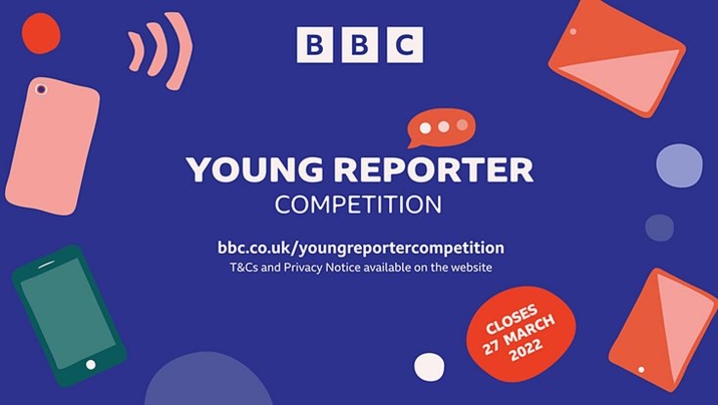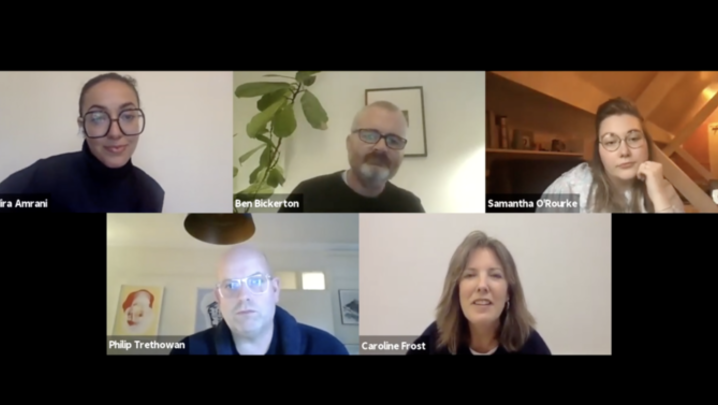A capacity crowd at the latest RTS early evening event heard how the television industry is trying to keep advertisers happy – and out of the clutches of its online competitors.
With the rapid increase in video-on-demand (VoD) viewing, over-the-top services such as Netflix and mobile TV, working out who watches TV – and when and where – has become a complicated business.
This is the data that advertisers want – and which ratings body Barb is doing its utmost to provide, according to chief executive Justin Sampson.
He used recent BBC thriller Killing Eve – the entire series of which was made available to viewers on iPlayer, following the transmission of episode one – to illustrate the diversity of modern viewing habits.
Sampson revealed that 3.87 million people watched episode 4 before it was broadcast, 2.26 million saw it live and 2.48 million watched it during the following week. The total audience was 8.6 million, of which 90% was watched on TV sets, the remainder on other devices.
(Click here to download Justin Sampson's presentation)
In September, Barb launched multiple-screen programme ratings, which measure audiences on TV sets, tablets, PCs and smartphones. This new measurement is a key part of Barb’s Project Dovetail, whose objective is to provide the total reach of programme and commercial audiences across multiple screens.
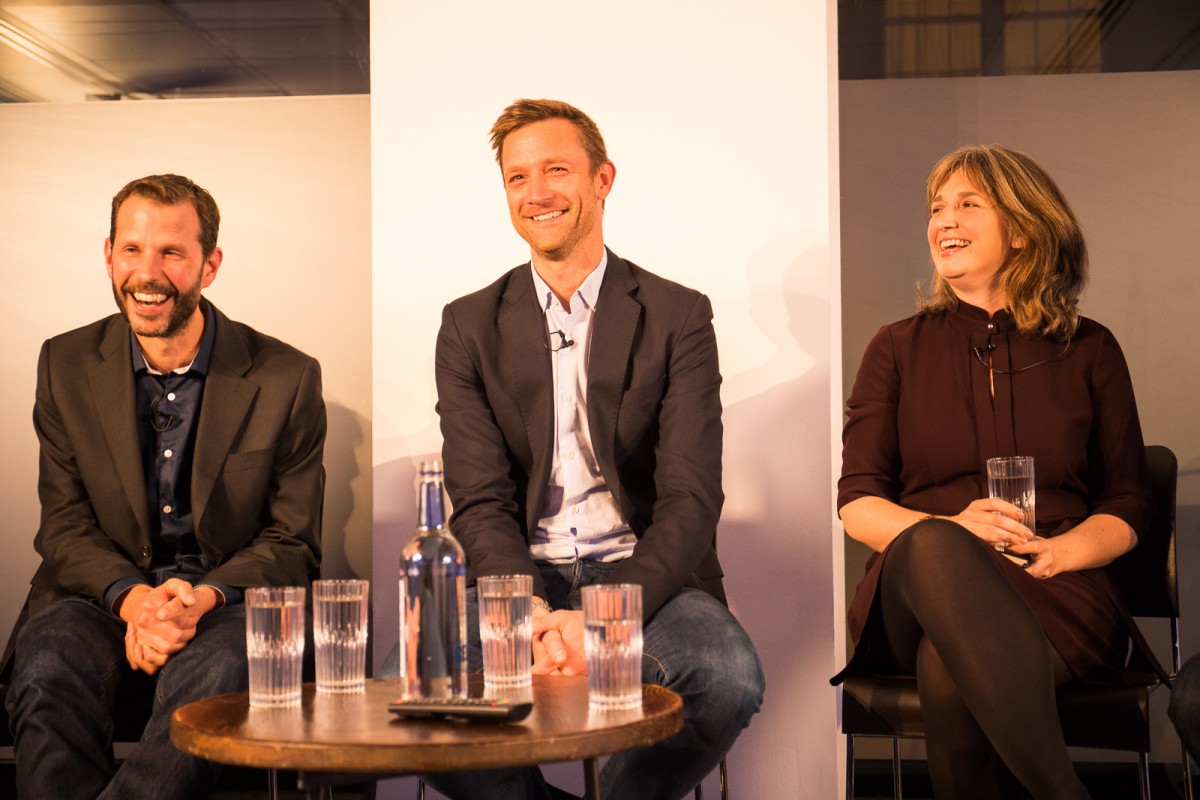
Nevertheless, gaps in the measurement of TV viewing remain. “The rise of unidentified viewing is a big challenge for Barb,” said Sampson, who revealed that this year, on average, viewers have spent an average 47 minutes a day watching content on services that Barb is currently unable to measure such as Netflix, Amazon and YouTube.
For young adults, who are less wedded to traditional telly than older viewers, the figure rises to 69 minutes a day.
Sampson issued an invitation at the RTS event: “Anybody who wans to meet and work with Barb –we’re happy to talk to them.”
From the audience, Google UK’s head of market insights, Jonny Protheroe, responded. “There is a will [at] Google for YouTube to be part of TV [joint industry] currencies around the world,” he said, adding that discussions were most advanced in Germany where YouTube should soon be measured by the German equivalent of Barb.
Joint industry currencies provide audience numbers and trading metrics for each advertising medium.
“We need to agree as an industry what we want the currency to cover. I don’t think you can treat all platforms the same. They are different in the way people consume [content] and they are different in the type of data available, and measurement needs to reflect those differences.”
He warned that the “one-size-fits-all existing measurement structure” was unsuitable. “[We need to be] represented appropriately and fairly.”
“There’s a large amount of commercial viewing in television that is not currently captured,” said Rich Astley, chief product officer at Finecast, which helps advertisers to target viewers across VoD, linear and live-streaming TV platforms.
“We believe that TV is much bigger than [its] current representation from linear viewing – there’s an opportunity to bring investment back into TV and [bring in] new investment.”
Astley added: “We think there’s a really strong future in television.” But he warned: “As an advertising medium, it’s got a lot of work to catch up on.”
For agencies and brands looking to advertise on television, “there’s a bit of frustration out there”, admitted Matt Hill, research and planning director at Thinkbox, the marketing body for UK commercial TV.
“The one thing that everyone is looking for is to get a gauge of the incremental reach across linear TV and broadcast video on demand and get an idea of [how] their campaigns are being delivered.”
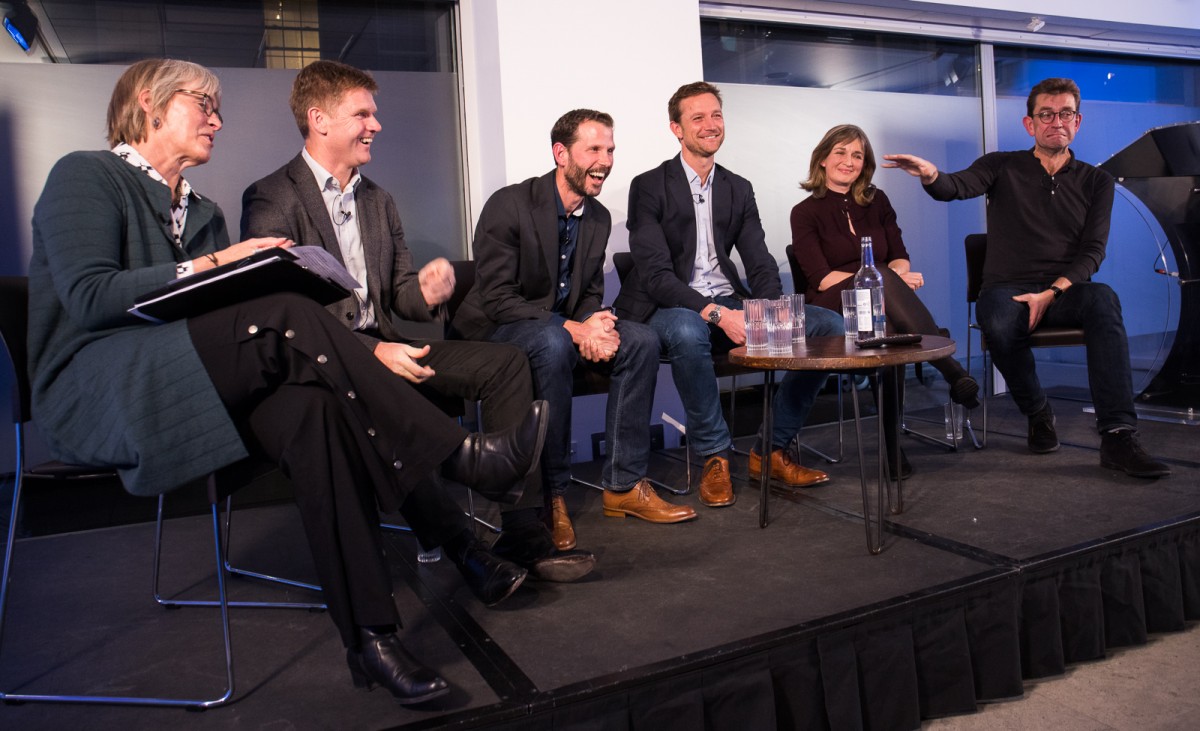
TV executives worry that advertising revenue will increasingly be lost to social media and online platforms, but Hill offered some reassurance. “TV does a job that those other channels cannot do,” he said, emphasising the “premium content” television offers.
“I still believe in the brand-building power of TV,” said Sky Media managing director John Litster. “Commercial TV and TV generally has had a really successful time of it this year in terms of delivering big audiences.”
He added that targeted advertising is coming on apace: “We’ve had loads of success with things like local car dealers and garden centres, which can advertise at a postcode level. A car dealer can advertise within four miles of its dealership, supporting big-brand advertising for particular models. We need to do more of that.”
Despite the popularity of multi-platform and catch-up telly, old-fashioned audience measurement still has its place. “Overnight [ratings] still tell you whether you have a hit,” argued Sarah Rose, chief consumer and strategy officer at Channel 4.
She added: “Things that are top 10 in the VoD viewing tend to be top 10 in the linear because success travels, and it’s nearly always on the main channels in the same order.”
The early evening event “Who is watching? The challenge of digital TV measurement”, was held at the Hospital Club in central London on 24 October. The event was chaired by the journalist Kate Bulkley, and the producers were Terry Marsh and Vicky Fairclough. A full report will appear in the November issue of Television

